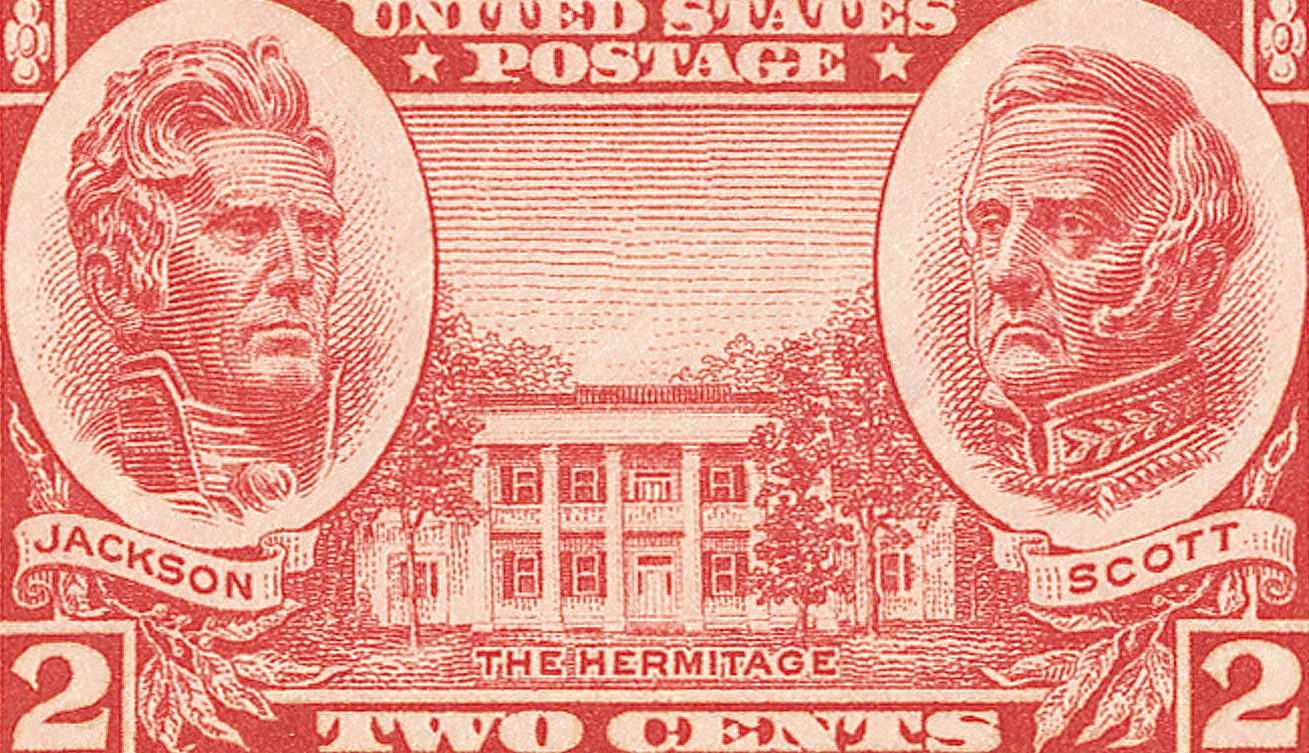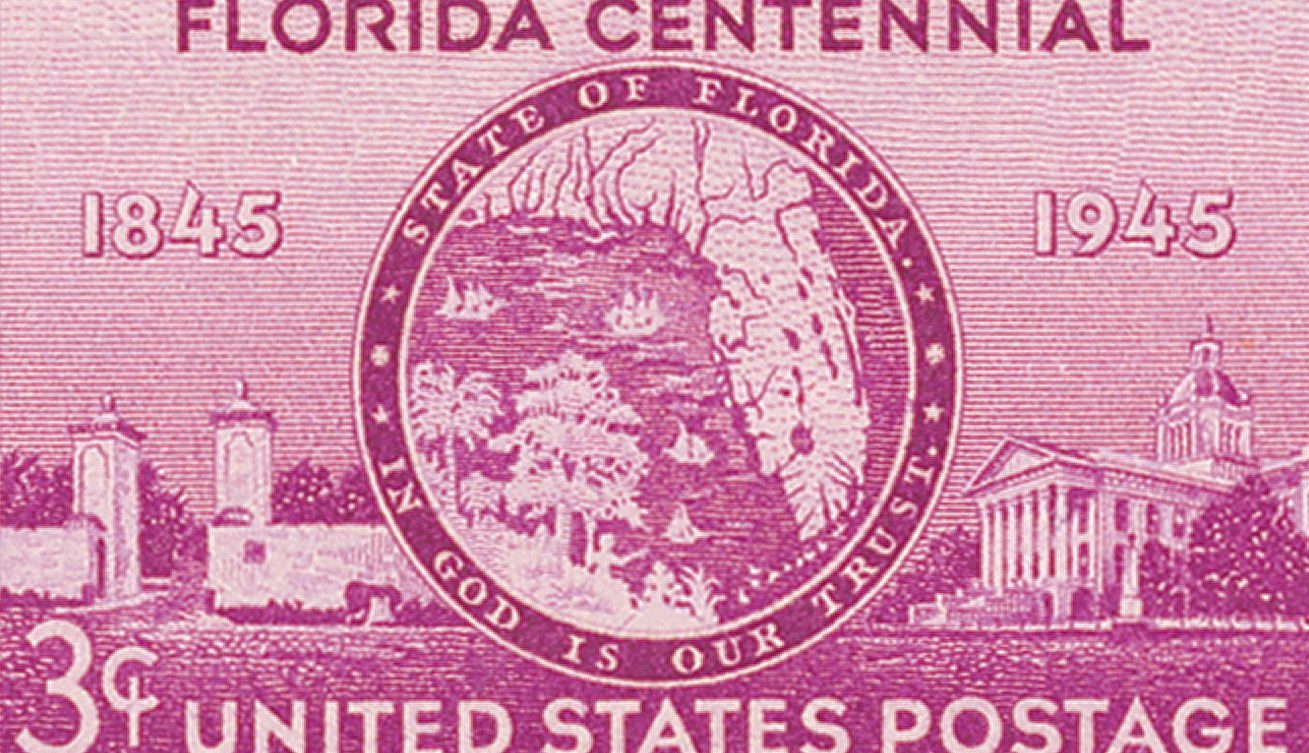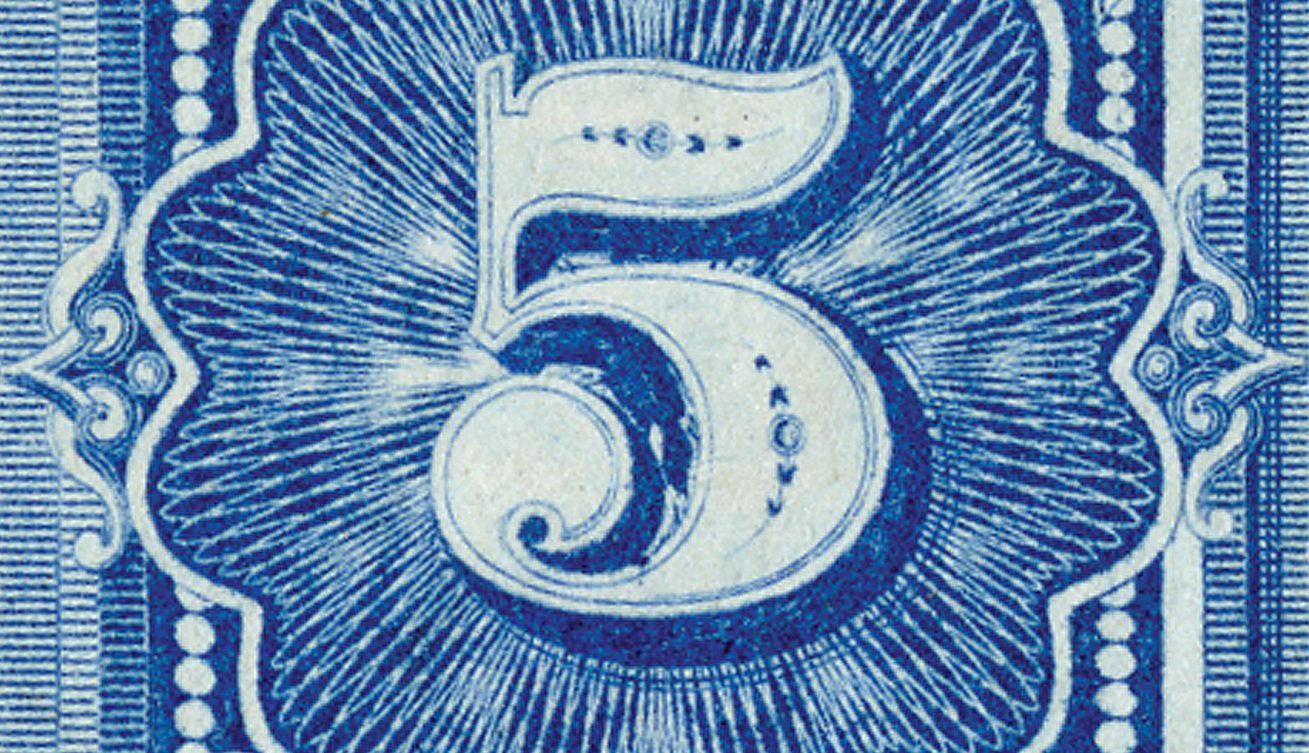World’s First Telephone Call
On March 10, 1876, Alexander Graham Bell transmitted the first words by telephone, to his assistant in another room. Bell had received his patent for the telephone three days earlier.

On March 10, 1876, Alexander Graham Bell transmitted the first words by telephone, to his assistant in another room. Bell had received his patent for the telephone three days earlier.

On March 9, 1847, the US launched its first large-scale amphibious assault during the Siege of Veracruz. This notable battle of the Mexican-American War set the stage for the capture of Mexico City.

On March 8, 1817, the New York Stock Exchange was established out of a reorganization of stockbrokers working under the Buttonwood Agreement. Today, it’s the world’s largest stock exchange, with its trading numbering over $25 trillion.

On March 7, 1850, Massachusetts Senator Daniel Webster delivered one of his most famous speeches, the “Seventh of March” speech. It expressed his support for the Compromise of 1850 that would help avert a Civil War but proved disastrous for his Senate career.

On March 3, 1845, Florida joined the Union as the 27th state. The state’s name comes from Ponce de Leon, who arrived centuries earlier and named the area La Florida, likely in honor of the Easter Season, Pascua Florida.

On March 1, 1803, Ohio was admitted as the 17th state of the Union. Named for the Ohio River, the word Ohio comes from the Seneca people, meaning “great river.”

On February 27, 1979, the USPS issued the first stamp in the Literary Arts Series honoring author John Steinbeck. The series has continued for 45 years, honoring 35 writers from a variety of backgrounds.

On February 26, 1869, the US Senate passed the 15th Amendment to the Constitution, giving people of all races and colors the right to vote. The Amendment would be ratified and become official US law a year later.

On February 24, 1917, British officials shared the Zimmermann Telegram with US President Woodrow Wilson, revealing a German plot to incite a war between the US and Mexico.